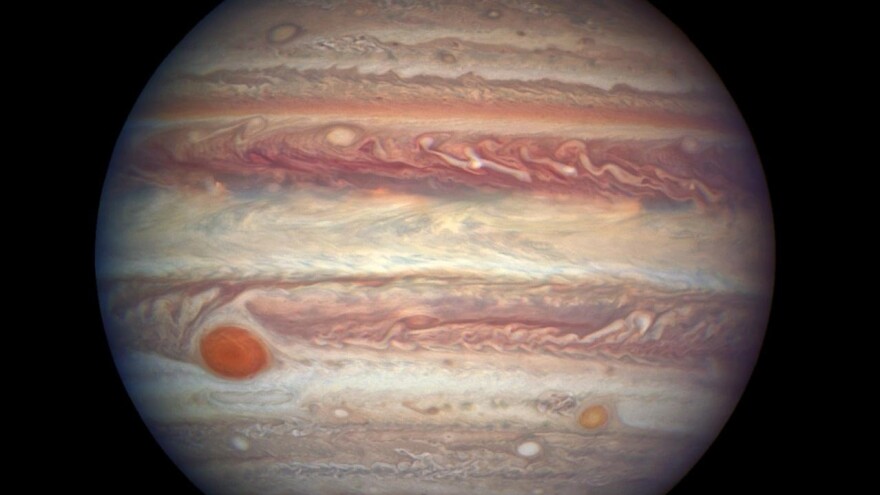- The massive planet Jupiter is visible in the late evening sky this week
- Look for Jupiter's moons with binoculars or a telephoto lens
- Venus is also visible all month long in the predawn skies towards the East.
BETHLEHEM, Pa. — This week, we have a just-past-full moon in the night sky, with Jupiter shining brightly in the Eastern sky after sundown. Venus, is now the ‘morning star’. It rises in the east a few hours before sunrise.
Listen to Brad Klein's interview with Bethlehem’s 'Backyard Astronomy Guy,' Marty McGuire for a review of the week's astronomical highlights.

Brad Klein
/
LehighValleyNews.com
"The massive planet Jupiter ... [is] high in the east in our late evening sky with a pair of binoculars or even a telephoto lens. You might be able to spot up to four of its largest moons in a line on either side of the planet."Marty McGuire, an amateur astronomer and NASA ambassador in the Lehigh Valley


